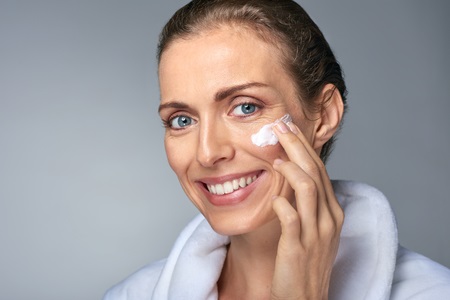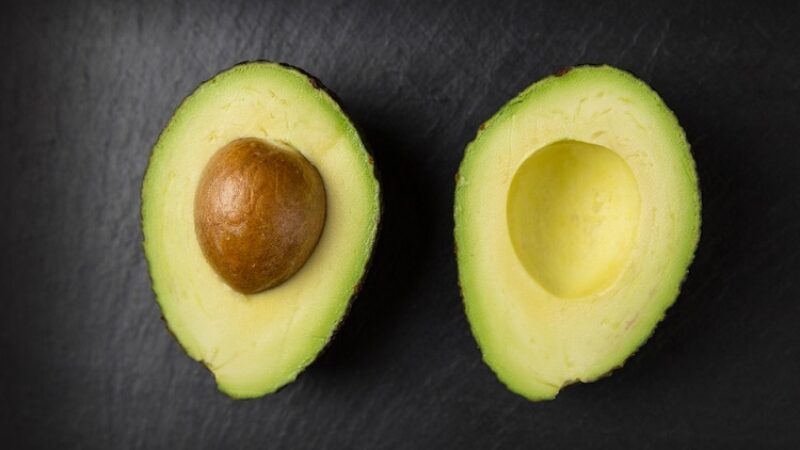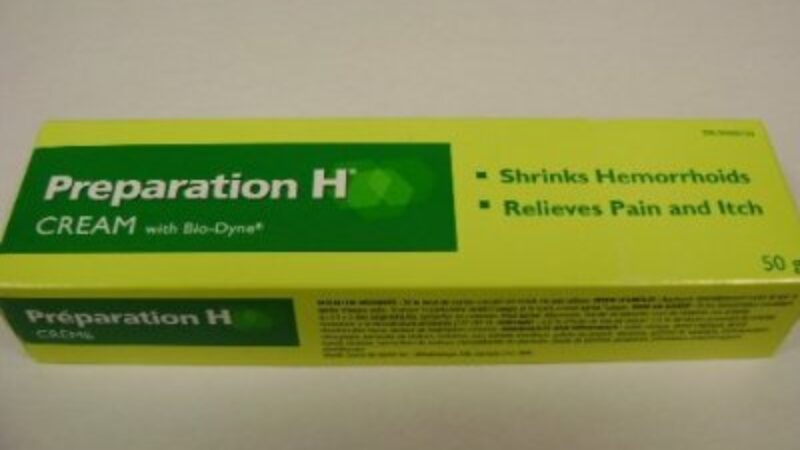Peptides have been around for over a decade now and have lost much of their “wow” factor in the media but with the consistency of a reliable old friend, these amino acids continue to quietly provide anti-aging benefits in a myriad of products. Like the more buzz-worthy retinoids, peptides work as cell-communicators to encourage skin to repair itself. Peptides also work to stimulate collagen production, improve elasticity and attract moisture to the skin–no small potatoes in the skin care world.
Some of the more well-known peptides used extensively in anti-aging formulations are Matrixyl and its newer cousins, Matrixyl 3000 and Matrixyl Synthe’6. Although they have the name in common, each one has its own strengths:
Matrixyl: the “classic” or “original” Matrixyl peptide is known as Palmitoyl Pentapetide 3 (later renamed Palmitoyl Pentapeptide 4 to reflect more accurately its molecular structure). It is made up of 5 amino acids linked to a fatty acid to increase its penetration into the skin. Matrixyl’s main use in skin care preparations is as an alternative to retinoids in wrinkle treatments as Matrixyl tends to be better tolerated with less chance of irritation. Until recently, the only clinical research available on Matrixyl’s efficacy was carried out by the manufacturers, Sederma. However, over a decade after its introduction to the skin care world, a 2013 independent study by the University of Reading in England found that Matrixyl can almost double the skin’s collagen production provided the concentration is high enough.
Matrixyl 3000: Big sister to the original version, Matrixyl 3000 is actually a combination of two entirely new peptides, Palmitoyl Oligopeptide and Palmitoyl Tetrapeptide-7. According to the manufacturers, these two peptides work synergistically to provide results superior to the original Matrixyl. A Sederma study conducted over a 60-day period found Matrixyl 3000 to be more effective in reducing depth of wrinkles, increasing skin smoothness and improving overall skin tone. You’ll find it a key ingredient in Neostrata Anti-Aging Gel with Fruit Stem Cells and Neostrata Wrinkle Repair Moisturizing Cream.
Matrixyl Synthe’6: The newest version of Matrixyl, palmitoyl tripeptide-38, boosts the synthesis of 6 major components of the skin: Collagen I, Collagen III, Collagen IV, Fibronectin, Hyaluronic Acid and Laminin-5. Sederma likens the use of Matrixyl Synthe’6 to filling wrinkles in from the inside, particularly on the forehead and on crow’s feet for smoother and plumper skin. Although this latest peptide is not yet found in many products, it may be worth keeping an eye out for it if it performs as well as its two predecessors.




